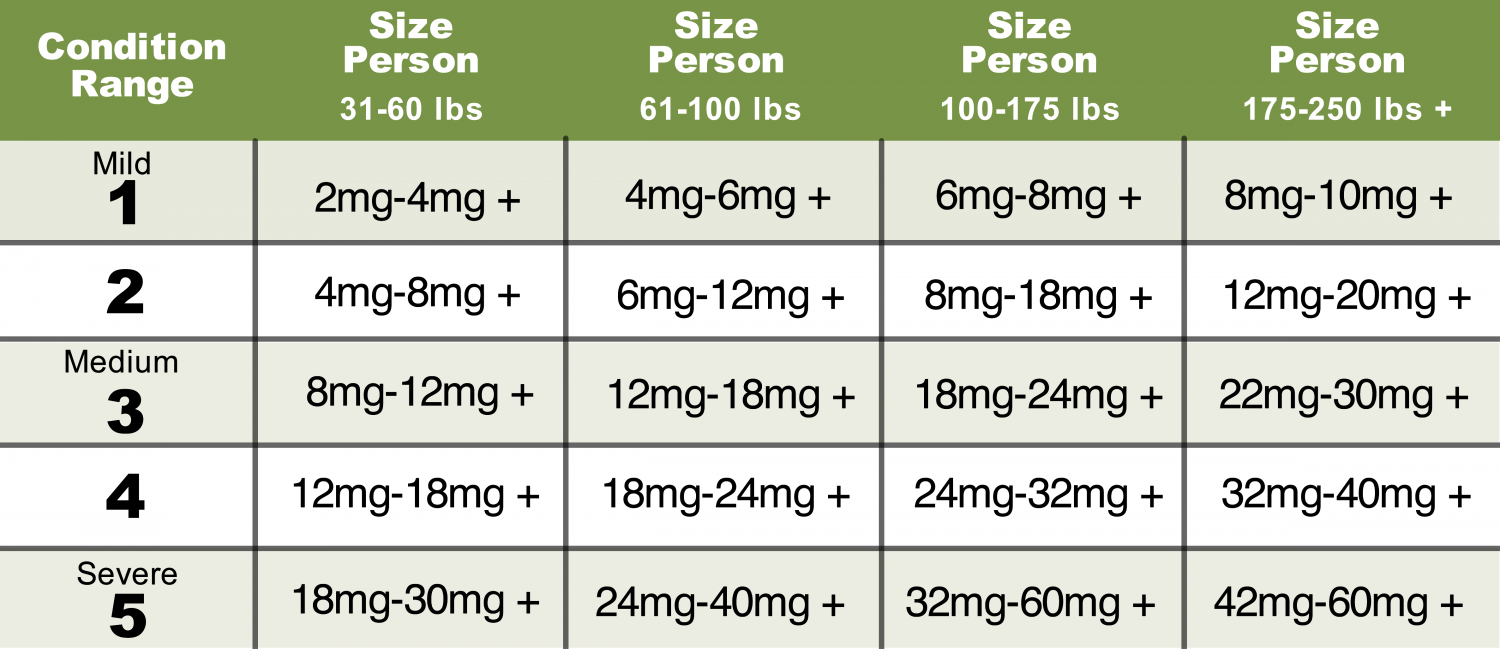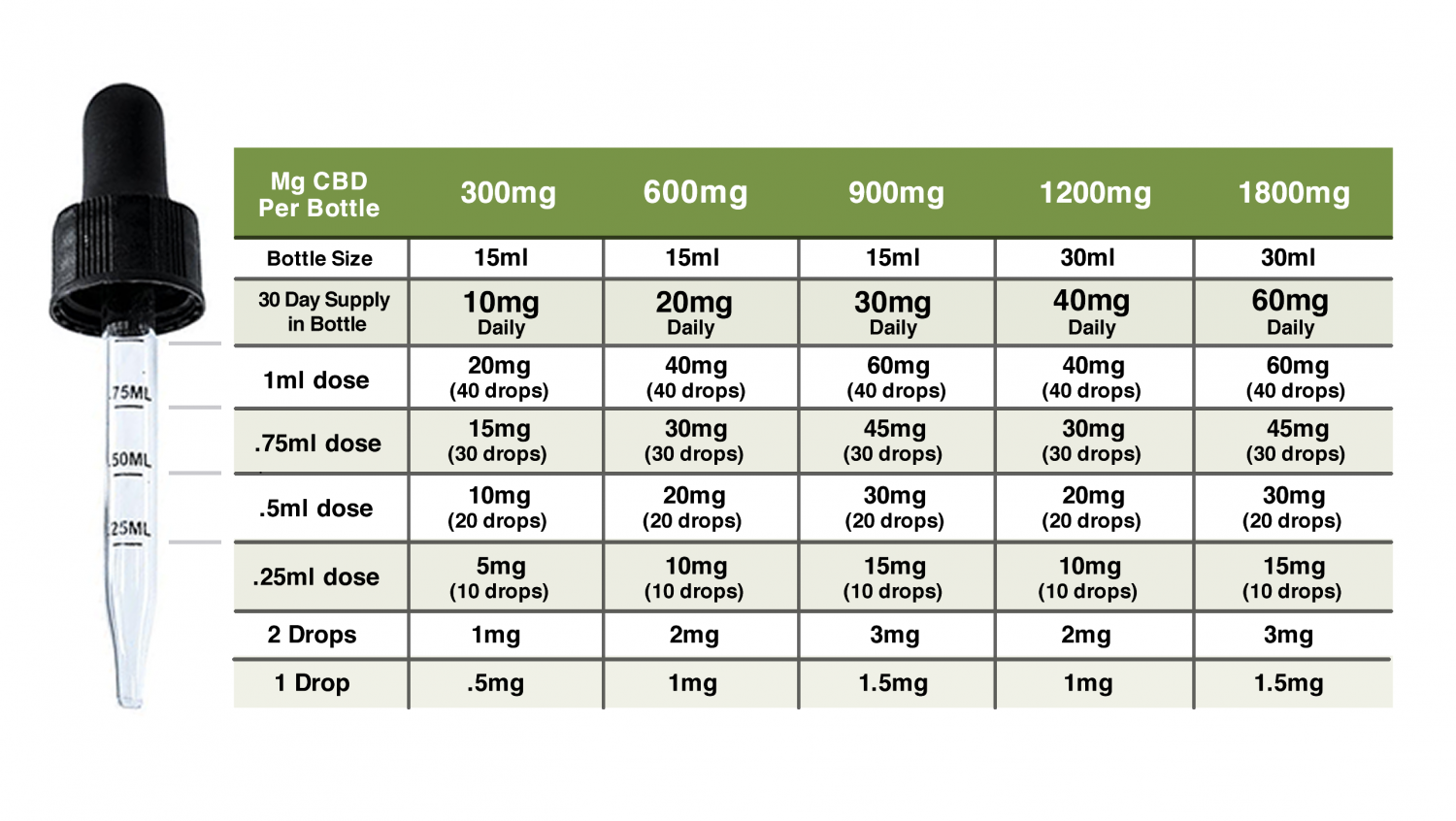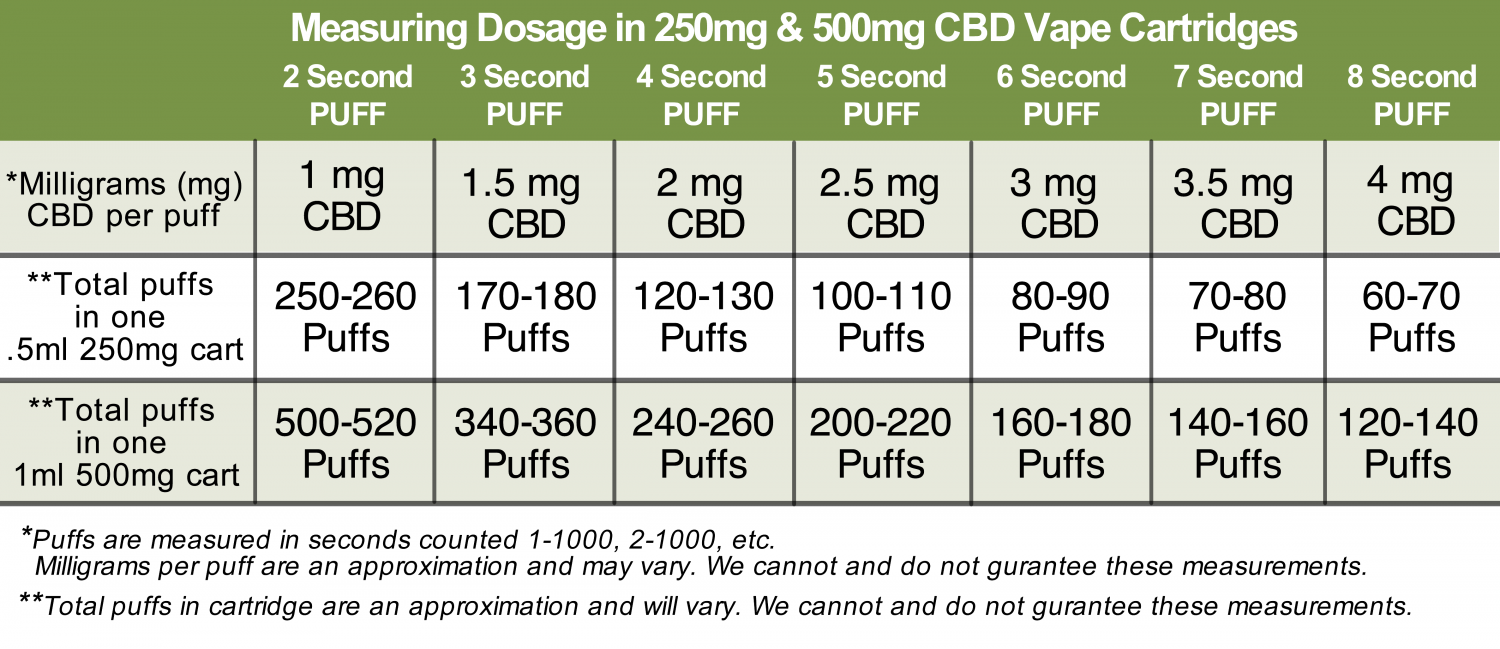Concerning CBD and Anxiety the questions asked regularly are:
How much CBD should I take for anxiety?
What is the best CBD oil for anxiety?
How does CBD work to effect anxiety?
What are the side effects of CBD?
In this FAQ, we will answer the above questions, and walk you through the basics of using Green Flower Botanical’s CBD products.
- The FDA Guidelines (legal stuff)
- Will CBD Help Anxiety? – The Current Research
- Finding Your Minimum Effective Dose – How Much CBD Do I Take And How Often?
- How To Determine Dosage Based On Type of Product
- Sublingual Oils vs Vapor – Which Are Best?
- CBD Side Effects and Drug Interactions
1. The FDA Guidelines Concerning The Use Of CBD For Anxiety Related Disorders
(Let’s get the legal stuff out of the way first)
It is important to note that CBD products are not approved by FDA for the diagnosis, cure, mitigation, treatment, or prevention of any disease. We are restricted from making any claims about the efficacy of our specific CBD products to treat or cure any disease or medical condition including anxiety related disorders.
None of the products or information made available to the public is intended to be a treatment protocol for any disease state, but rather are offered to provide information and choices regarding nutritional support for various health concerns. None of the information presented is intended to be an enticement to purchase and should not be construed as medical advice or instruction.The FDA would want us to remind you: You should always seek the advice of a physician before adding nutritional supplements to your diet.
2. Will CBD Help Anxiety? – The Current Research
The research indicates, CBD may help anxiety because of its direct effect on the brain’s limbic system. The limbic system is responsible for modulating anxiety and the human stress response (fight or flight). Studies show, when administered, cannabidiol (CBD) stimulates and activates adenosine receptors to produce a calming effect. CBD also stimulates and activates 5HT1 receptors. These 5HT1 receptors bind to the neurotransmitter serotonin. Serotonin is a naturally-occurring chemical in the body, and is related to our moods and feelings of well-being. CBD helps to boost serotonin levels in the brain’s limbic system helping to regulate mood and well-being. Anti-anxiety and anti-depressant medications (SSRI’s) are widely prescribed and work on the same principal of boosting serotonin levels.
For your convenience, and to assist with your research, we have assembled an index of published studies on CBD as a treatment for anxiety.
3. Finding Your Minimum Effective Dose: How Much CBD Do I Take And How Often?
Due to FDA regulations we cannot give specific advice on how to use CBD for a particular condition such as general anxiety or other anxiety related disorders. Fortunately though, the process to find a minimum effective dose of CBD for any condition, is very simple. The key to finding the most effective dosage is by using what is called, a Stepwise Dosing procedure.
Stepwise Dosing is a process by which you first establish a baseline dosage, then adjust the dosage incrementally over a set period of time (typically 3 days) until you find your effective dose.
It is important to recognize that everyone responds a little differently to CBD so there is no set dose for everyone or every condition. By following a stepwise dosing procedure you can find the most effective dosage of CBD for you.
The Stepwise Dosing Procedure
Start Low and Go Slow : The first step to finding your minimum effective dose is to establish a baseline dosage. Since many people report good results with CBD at low doses, we suggest you start with a minimal dose and slowly increase the dosage until you find results. Start with a small baseline dosage between 2-5mg, 2X or 3x daily (6-10mg total).
- Maintain your baseline dosage for 7 days taking note of how the CBD interacts with your body.
- After the initial 7 days of your baseline CBD dosage, if you are not receiving the benefit you need, then increase the daily dosage by 1-2mg every 3 days until you find the dosage that works best for you.
- Once you have determined your minimum effective dose you may wish to decrease your dosage by one step to see if you can maintain the benefits at a slightly lower dosage.
Important Note: Typically, people decide to try CBD because of a specific condition, only to find it helps other areas of their body as well. Remember, your endocannabinoid system runs throughout the entire style=”font-style: italic;”> body at a cellular and sub-cellular level. CBD is a whole-body compound. When you start taking CBD for the first time, pay attention to everything going on in your body. Do not be surprised if you find various benefits from your dosage.
About Sleep: Often times, certain conditions or side-effects from medication can create insomnia. Sleep is essential to the bodies healing and recovery process. If sleep deprivation is an issue, you may want to consider weighting your dosage heavier at night to assist with a more sound sleep.
Establishing A Baseline Dosage Based On Weight
If you feel you need a higher dosage as a starting point we have created the following chart to assist you. This chart is submitted as a suggestive guide only and is not meant to take the place of a qualified physician.

4. How To Determine Dosage Based On A Specific Product
Dosing With Sublingual CBD Oils
Once you have established a minimum effective dose using the stepwise dosing procedure, the following chart will help you determine which sublingual oil potency will best meet your daily dosage requirement. To find the best product match for your dosage simply match your daily dosage to the row on the chart labeled “30 Day Supply in Bottle”. For example: If you need 8mg CBD daily then according to the chart you would need a 300mg product. The chart also acts as a guide to how to use the glass dropper to measure out CBD in milligrams.

Dosing With CBD Vapor
Once you have established a minimum effective dose using the stepwise dosing procedure above, the following chart will help you determine how to measure milligrams of CBD using either our 250mg or 500mg CBD Vapor Cartridges. As an example, if you needed an 8mg dosage, the chart shows several options to dial-in that dosage using a vape pen. To get 8mg total CBD you could choose to take four 4-second puffs or you could choose two 8-second puffs. A puff is measured by drawing on the vape and counting seconds as 1-1000, 2-1000, etc. Keep in mind everyone will draw their puff a little differently so the values on this chart are only best approximations.
5. Sublingual Oils vs Vapor – Which Are Best?
Looking at the comparison chart you can see the differences between these two popular delivery methods. CBD sublingual oils are taken by placing the desired amount of drops under the tongue and holding for 40-60 secs before swallowing. CBD Vapor is taken by puffing on a vaporizer pen (vape) with the desired CBD vaporizer cartridge.
Many people do not like vaping so the choice to use a sublingual oil is easy. Others may choose a vapor product over a sublingual oil because of the higher absorption rate, faster onset and convenience of carrying it on your person. Some prefer the sublingual oils because the effects last longer, it is easier to dial-in an exact dosage, and easier to take higher dosage servings. Many customers will opt to do both, using the sublingual oil for the main dose and a vape pen to supplement between doses. This is especially helpful for people tackling anxiety or chronic pain who may need to supplement throughout the day.

Sublingual vs Vape Comparison Chart
6. Possible Side Effects Of CBD And Drug Interaction
There are multiple studies demonstrating the effectiveness of CBD in treating various conditions. Most of these studies conclude that CBD (cannabidiol) is safe and virtually free of side effects.
A review on the Safety and side effects of cannabidiol by the NCBI for example suggests that controlled CBD (cannabidiol) administration is safe and non-toxic in humans and animals. It also does not induce changes in food intake; nor does it affect physiological parameters like heart rate, body temperature or blood pressure. Also, according to this review paper, “high doses up to 1,500 mg/day of CBD are reportedly well tolerated in humans.”
There are very few known side effects of CBD, these are mostly minor but you should be informed before taking CBD:
- Inhibition of hepatic drug metabolism -CBD and other plant cannabinoids can potentially interact with some pharmaceuticals by inhibiting the activity of cytochrome P450, a family of liver enzymes. This key enzyme group is responsible for metabolizing some of the drugs we consume. At sufficient dosages, CBD will temporarily deactivate cytochrome P450 enzymes, thereby altering how we metabolize certain compounds. A 2013 report on a clinical trial using GW Pharmaceutical’s Sativex, found no interactions with CYP enzymes when approximately 40mg of CBD were administered.
GRAPEFRUIT WARNING: If your medication has a grapefruit consumption warning label then you should not take CBD without first talking to your doctor or pharmacist to see if CBD will inhibit the efficacy of your medication. - Dry mouth- Some people have reported an unpleasant dry sensation in the mouth.
- Increased tremor with Parkinson’s at high CBD dosages- There are studies showing the potential of CBD to help alleviate symptoms of Parkinson’s disease. However, there have been reports of CBD increasing tremors when taken at very high dosages. Reducing intake to a smaller dosage will typically eliminate increased tremors.
- Lightheadedness- In cases where extremely high dosages of CBD are being taken some people have reported temporary lightheadedness.
- Drowsiness- Higher dosages of CBD may cause of drowsiness. If you are affected this way, you should not operate machinery or drive a vehicle. Conversely, due to its bi-phasic nature, micro-doses of CBD act as a wake-inducing agent.
Special Precautions & Warnings:
Pregnancy and breast-feeding: There is not enough reliable information about the safety of taking CBD if you are pregnant or breast feeding. Stay on the safe side and avoid use.
Our Favorite CBD Strains For Creating Calm, Balance and Focus
CBD has been researched for its anxiolytic properties. Known for creating balance, and instilling an overall sense of well-being, many people trust CBD to help manage emotions and focus. The Grandaddy Purple and OG Kush Strains are especially popular for this effect. Unlike marijuana strains, these CBD strains contain 0.0% THC and will not make you high. To explore the many benefits of each of these popular strains, explore the tab labeled “Terpenes and Effects” found on each product page.





